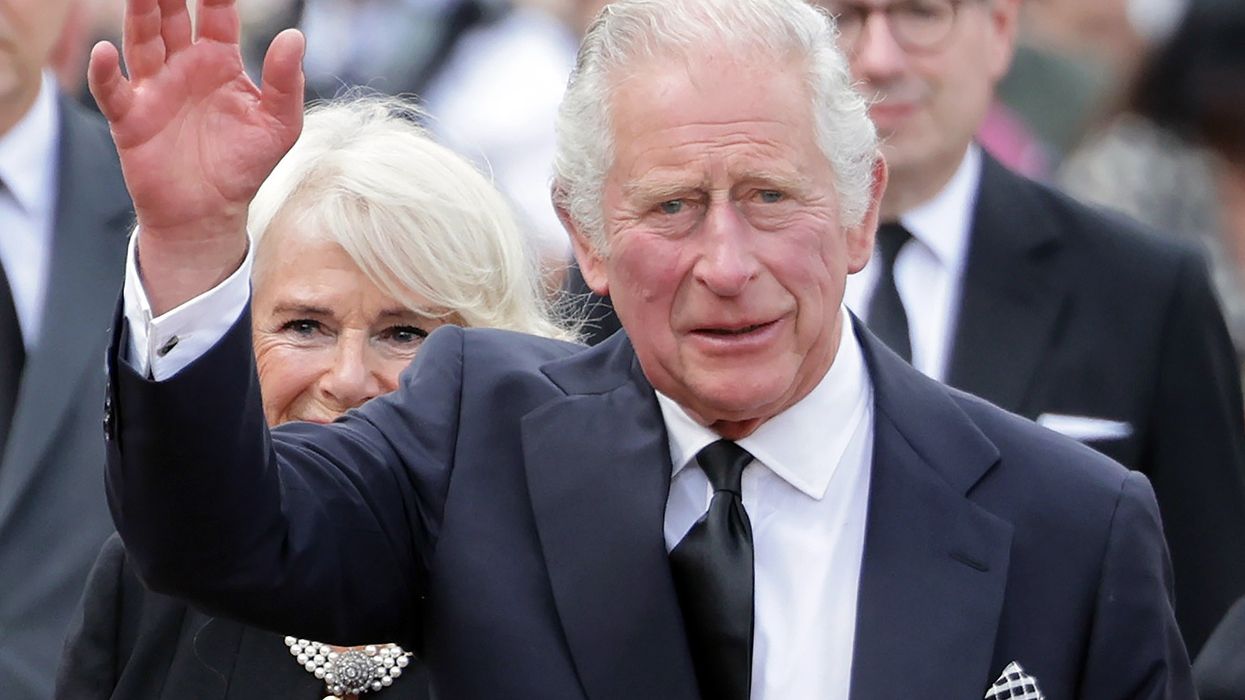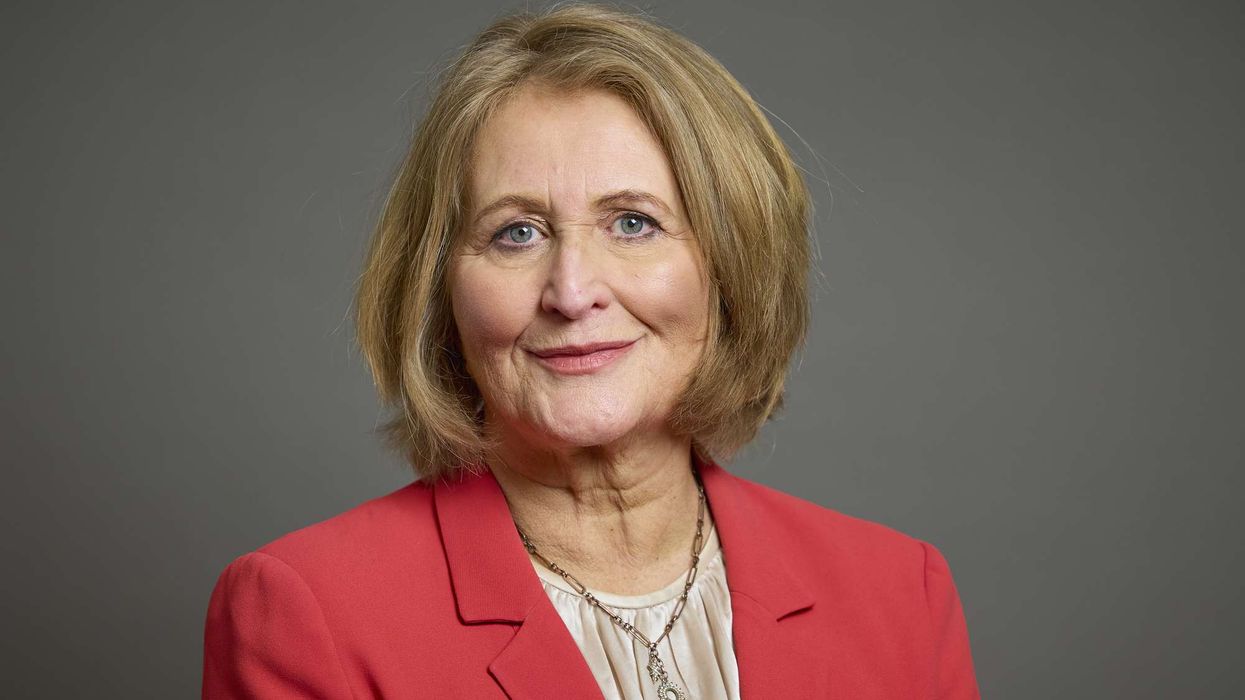King Charles and his daughter-in-law, the Princess of Wales, Catherine, were both discharged from the hospital and returned home on Monday (29), following their respective planned medical treatments.
Charles, 75, who had spent three nights in hospital after undergoing a corrective procedure for an enlarged prostate, smiled and waved to crowds as he left the London Clinic accompanied by his wife Queen Camilla.
A few hours earlier, Catherine also headed home after spending two weeks at the same private hospital following abdominal surgery.
Buckingham Palace said in a statement that Charles, who was visited in hospital by Camilla each day of his stay, wanted to thank his medical team and all those who had supported his hospital visit.
"The King was this afternoon discharged from hospital following planned medical treatment and has rescheduled forthcoming public engagements to allow for a period of private recuperation," Buckingham Palace said.
Catherine, 42, the wife of heir to the British throne Prince William, was making "good progress", her Kensington Palace office said, and she was now back at home in Windsor.
She had surgery for a non-specified, but non-cancerous, condition at the London Clinic earlier in January.
Britain's royals usually regard all medical issues as a private matter, but Charles chose to publicise his condition to encourage other men to have medical checks.
His need for the procedure to treat an enlarged prostrate, a benign condition common among men over 50, was announced by Buckingham Palace on January 17.
The state-run National Health Service said there had been a 1,000% increase in visits to its webpage giving advice on prostate enlargement since Charles' diagnosis was revealed.
Catherine is not due to return to public duties until after Easter. Prince William has postponed his engagements to look after their three children, Prince George, 10, Princess Charlotte, 8, and Prince Louis, 5.
(Reuters)












